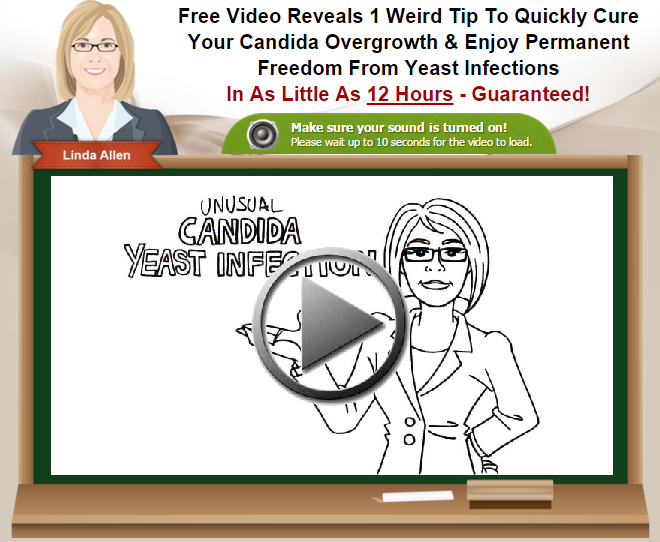
Why Candida Overgrowth Occurs
Candida albicans is a small fungal organism that is present naturally inside the human body. If you’re male or female, you will have some candida, that is healthy. If you are healthy the fungus is a part of the helpful functions in your body, with no problems associated with it.
If your immune system is disrupted for some reason, the fungal organism (candida) can develop into a infested level. This leads to what's called "Candida overgrowth". This will usually result in a wide range of symptoms.
Symptoms of Candida Overgrowth:
- Vaginal Yeast Infection
- Oral Thrush
- Ringworm
- Jock itch
- Athlete's food and toenail fungus
- Irritabel bowel syndrome
- Chronic fatigue
- Abdominal bloating
- Flatulence
- Depression
- Indigestion
- Muscle pain or stiff joints
- Anxiety
- Urinary tract infections
- Constipation
- Diarrhea
- Menstrual irregularities and PMT
- Impotence
- Loss of libido (reduced sex drive)
- Acne
- Allergies, hay fever and chemical sensitivities
- Cravings for sugar or high carb foods
- Headaches and dizziness
Research has shown that Candida overgrowth is not only a source of the above problems, but can lead to increased problems with other medical conditions, such as:
- Asthma
- Psoriasis
- Epilepsy
- Hypothyroidism
- Hypoglycemia
- Childhood ADHD
All of the symptoms are not necessarily present simultaneously in the same individual, but the individual may have one or more of the symptoms if they are suffering from Candida Overgrowth.
As you may have noticed, many of the symptoms are "digestive issues".
It is not always easy to indentify a candida overgrowth. So please look it up with a medical practitioner before making any conclusions. At times it may be difficult to determine what part of your body is being affected by the yeast infection, unless you have obvious symptoms like vaginal yeast infections, oral thrush or rashes etc.
Please note that newborn babies can experience candida infections caused during birth.
Treating Your Candida Infection
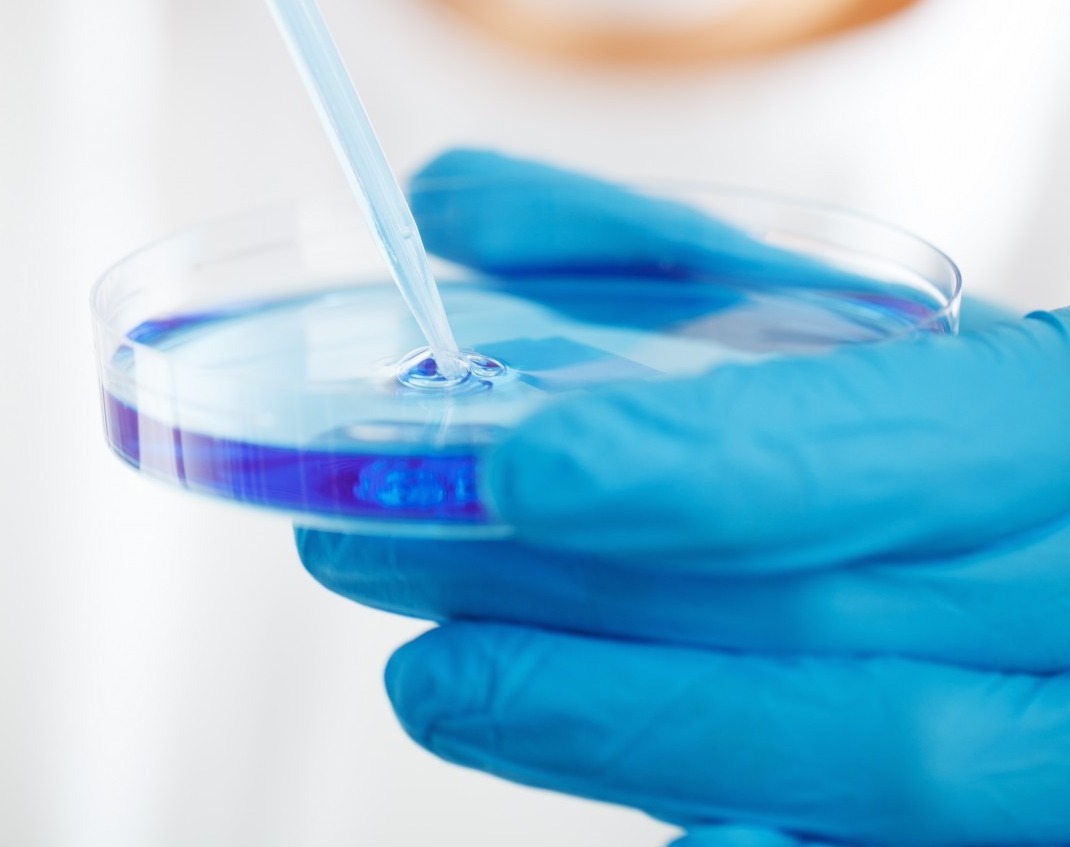
Like most people, you may have visited your doctor for a prescription to help you get rid of a Candida or yeast infection. Of course, most doctors prescribe antibiotics in an attempt to help you combat the problem.
Unfortunately, taking antibiotics won’t help you control Candida overgrowth. Antibiotics can actually make the problem worse. Antibiotics fight all the bacteria within your gut – the good and the bad, at the same time. Antibiotics simply can’t tell the difference between the good flora your body needs to sustain a healthy balance, and the bad bacteria that’s making you sick.
Even homeopathic remedies won’t help you get rid of your yeast infection over the long term. However, you can reduce the number of Candida bacteria in parts of your body by using natural remedies.
However, Candida can blossom in those hidden parts of your system that some natural remedies can’t reach. Your body will try to fight the infection, but as soon as you stop taking the homeopathic remedies, the Candida takes over again and your symptoms come right back again.
You may already know this: a Candida infection is caused by a ‘bad’ bacteria overgrowth in your body to infestation proportions. What you may not realize is that your system may also be struggling with a lack of ‘good’ bacteria to help your body recover from the infection, and get rid of the infection once and for all.
Fortunately, there are ways you can resolve your yeast infection and put a stop to those symptoms by changing your diet. When you stop eating foods that provide energy to Candida, it becomes very possible to get rid of the infection and stop the symptoms for good.
Curing candida can take anywhere from 30 days to 180 days, depending on the severity of your infection is and the damage caused to your gut.
The key to getting rid of Candida overgrowth is to focus on healing any imbalances within your gut, and boosting your immune system.
You can achieve both of these things by adhering to the Candida diet and finding the right supplements to assist your efforts.
My Personal Protocol to Control Candida
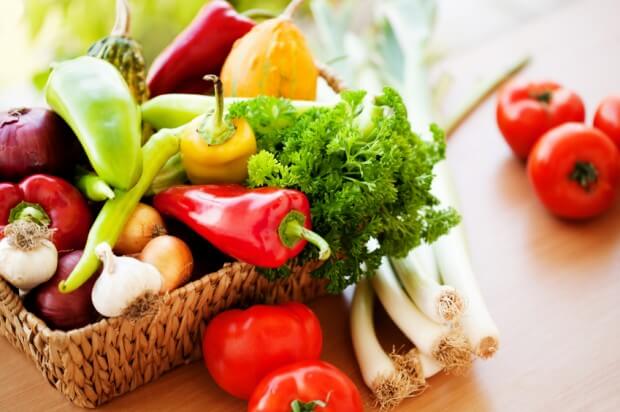

As I'm writing this free online guide, I've been eating my healthy Candida diet for 47 days. I used to be a lot heavier! I used to have crazy mood swings. I used to have constant throbbing headaches, almost every day. I never felt alive. However, just shy of two months later I'm feeling greater than ever. I feel alive and excited again.
I've been on this natural candida cure very stricly. I do not cheat, but I never have to worry about calorie counting or anything crazy. It's just basic changes to my diet, that have propelled me into a new life worth living.
I am so excited to bring you this help for free on my website. I am personally shocked at how such a short time-span can improve my health so dramatically!
If you go to the doctors office today, you will probably get some kind of pharmaceutical drugs in order to combat your yeast infection. Other will give you supplements or some wierd oils to help cure your yeast infeciton.
The problem I have with medical doctors is the HUGE expense for these drugs, that do not always work as prescribed. They may even come with unpleasant side-effects. Antifungal supplements can cause Candida to mutate. The organism is smart, and becomes stronger and more tolerant. This may combat the drugs and will not help you combat the fungus.
You need the right supplements for yeast infections and candida. The ones I recommend will help BOOST your immune system and helps your body naturally fight the infection.
You MUST Drink Green Juices!
Yes, these are AMAZING not just for candida, but also for overall health. Every single day I drink at least one green juice that I blend with my Breville Juicer.
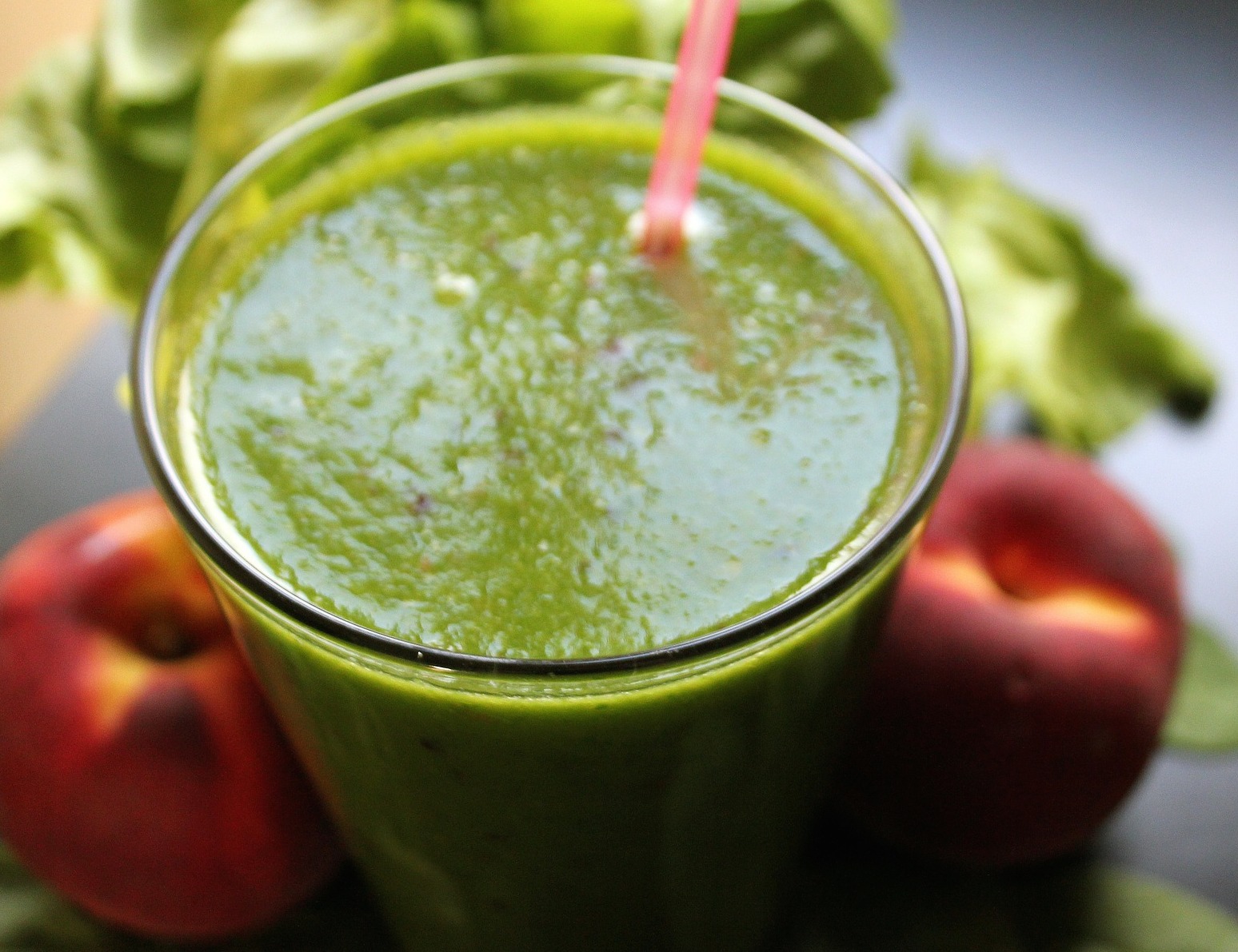
My Favorite Recipe for a Nice Tasting Green Juice:
- Green chard
- Green bell pepper
- Celery
- Cilantro
- Jalapeno
- Green onion
- Green apple (Granny smith)
- Tomato
- Lemon
- Kale (optional, does have a sting to it)
- Ginger (also optional, I think it has a great spicy taste)
I just take a handful of each ingredient and mix them to taste. I will drink this juice in as big of a glass as possible! The best time for me personally is breakfast, but you can drink it at any time during the day.
Supplements
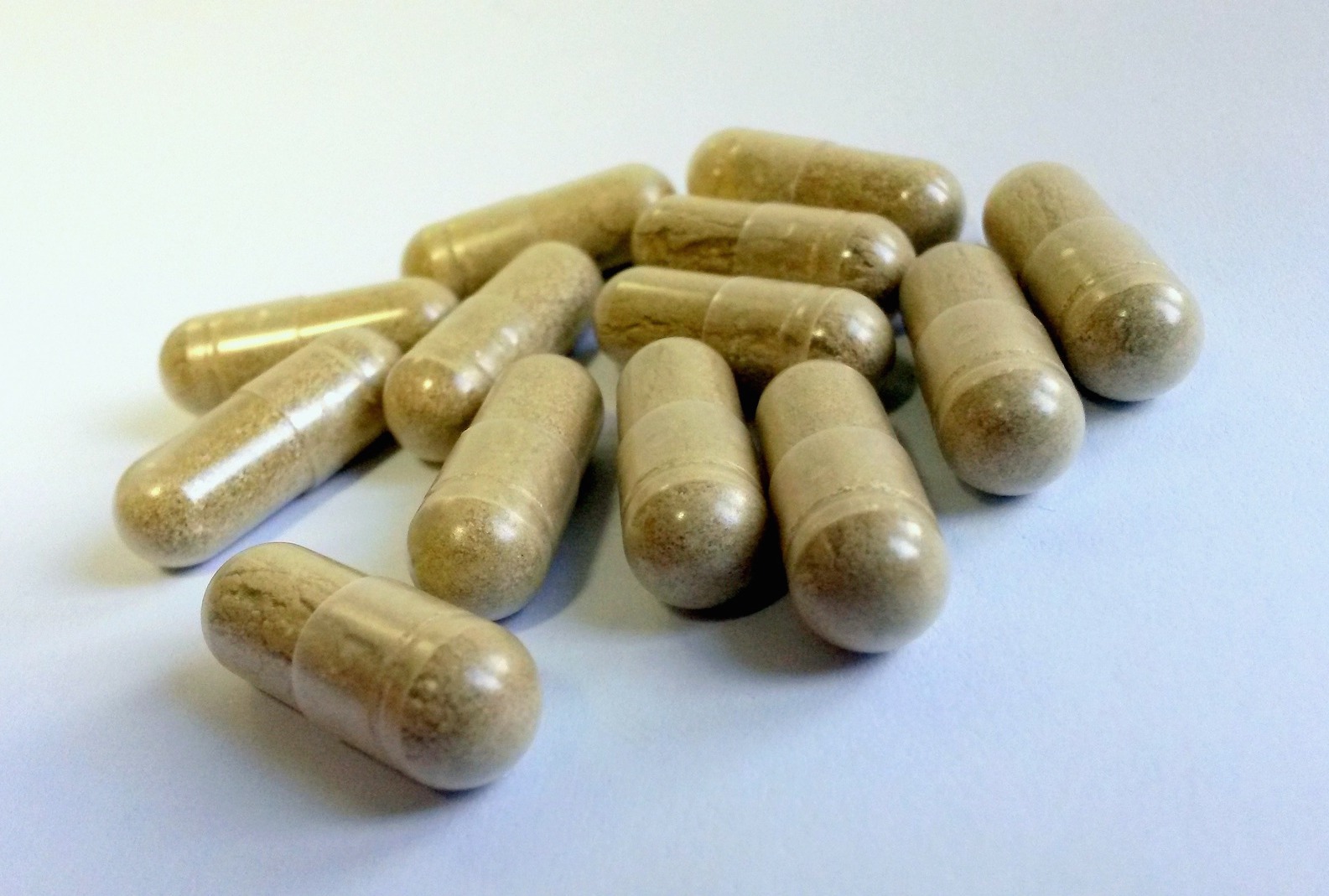
There are several supplements that I take to help balance the body. I prefer whole-foods, but sometimes you just need the supplements, it's easy and cheap most of the time.
C-Vitamin
The ones I currently take is buffered C-Vitamin. The brand to use is not important, just pick one that is in powder form. Add 1 teaspoon of the powder in a glass of water and drink it, preferably in the morning. If you want to use the best natural C-vitamin, try adding 1 lemon in a glass of water. It's a great detox for your body!
Probiotics
Probiotics. Again you can greatly benefit from taking probiotic capsules in the morning. These help you keep a good balance in your stomach flora.
Note how many of the candida symptoms manifest in the gut region, so keeping your gut healthy is essential if you want to get rid of candida. A supplement for this is Gaia Source Probiotic, 60 capsules. It has over 500 positive reviews on Amazon at the moment and a rating of 4,5/5. A very popular brand I can recommend. Another great one is Dr Tobias Optimum Probiotics.
Milk Thistle
Milk thistle is another great way to help your liver detox naturally. When your liver is doing its job properly, your blood sugar levels become easier to stabilize, helpwing with weight control and candida overgrowth.

Coconut oil is also well known to help inhibit Candida overgrowth, as it contains natural anti-fungal properties. Coconut oil with MCT is available as a supplement, but you can also add it to your diet in the form of cooking oil to help keep Candida under control. Some say it also helps with alzheimers and other problems. Coconut is a great natural power food.
Turmeric
Turmeric contains potent antifungal properties. Personally I have turmeric powder, than I sometimes put in as smoothie. You can add turmeric to your recipes when you’re cooking. Turmeric is also available in capsule form to ensure you get a measured dose each day. Turmeric has many more benefits, such as helpful anti-cancer properties and more.
Multi-Vitamin
A simple, yet effetive health-boosting supplement is a daily mutli-vitamin. Be careful, many of the multi-vitamins are not so great. It is always better to eat from various natural food sources, such as fruits and vegetables, but sometimes you just cannot do that. That's when you opt for a multi-vitamin. Try to find an organic one if possible!
Psyllium Husk
Finally, end your day with a teaspoon of psyllium husk powder in water. Psyllium husk is an excellent product to extract any bacteria and other waste products from your colon, which makes it even harder for Candida to thrive.
Foods to Avoid on the Candida Diet

Honestly. The hardest part about getting rid of candida is the required changes in diet. This will be HARD, I KNOW it is. I won't sugar coat it. You will need to change the way you eat and think about food, it's just fact.
Candida can thrive on starch and sugar. So the key is to eliminate it in a smart manner.
Through research scientists know that food has a direct correlation to our bodies immune system. Food can help prevent disease or reduce your bodies natural ability to fight off infections. Most of you reading this could probably make an accurate guess as to what foods are "bad for us". Below I'll share some of the foods to avoid if you suffer from candida.
You should know: some foods that are normally considered healthy may need to be avoided while you’re on the Candida diet.
Some fruits and grains can actually feed Candida, it might be a good idea to avoid these, at least initially when we are cleansing the body. Even some really nutrient-rich vegetables that should be a normal part of a healthy diet will need to be avoided while you’re treating your yeast infection..
List of Foods to Avoid During The Candida diet:
Sugar

The food of choice for candida is sugar. It literally thrives on it. This is a problem for most people who try to combat yeast infections. Sugar is on the top of the list of foods that people crave when infected with Candida, thus leaving us with a very difficult challenge.
The yeast in your body uses the sugar (glucose) as energy when you eat sugary foods. This makes your blood sugar drop and forces your adrenal glands to work more than they should. You may experience brain fog and sluggishness from eating sugar, for example.
Carrots
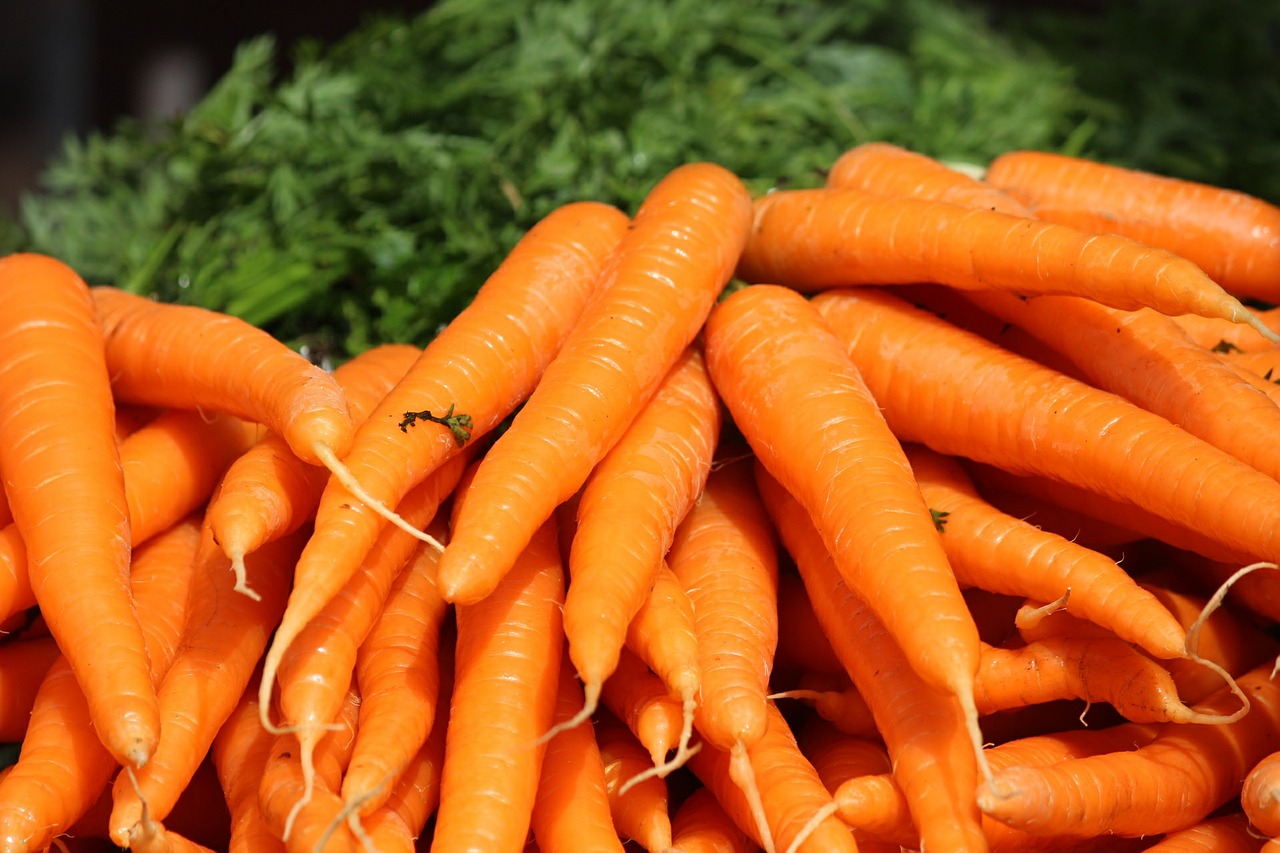
Carrots are rich in vitamin A, vitamin B6 and vitamin C. They are considered a healthy food and they are. However, for the time being you’ll need to avoid eating carrots until your Candida overgrowth is under control.
In my first 30 days I did not eat a single carrot.
Potatoes and Yams

Candida thrives on carbohydrates. While fighting a Candida infection, avoid your favorite starchy vegetables, including potatoes and yams until you have it under control.
My suggestion is to reintroduce them slowly back into your diet in small amounts, after you’ve finished about 30-60 days of the Candida diet.
Parsnips
Parsnips should be cut out of your meal plans while you’re on the Candida diet, due to their carbohydrate content.
Legumes (Peas, Beans, Chickpeas, Soybeans and Soy products)

Almost all legumes and beans are extremely nutrient-rich. They are known as low calorie foods that contain lots of vital nutrients. You will also find high amounts of dietary fiber that help to keep your bowels healthy. Legumes are difficult to digest and they are high in carbohydrates.
Avoid these while you’re on the Candida diet. You can reintroduce them slowly into your diet once your yeast infection is back to normal.
Mushrooms
Mushrooms are known to cause an inflammatory reaction in some people with serious Candida infections. It’s best to avoid eating mushrooms while you’re on the Candida diet.
Nuts (Cashews, Peanuts and Pistachios)
This group of nuts is known to harbor mold that can inflame a Candida infection. Avoid them for at least 4 weeks during your diet.
Fruit (fresh fruit, dried fruit, canned fruit)
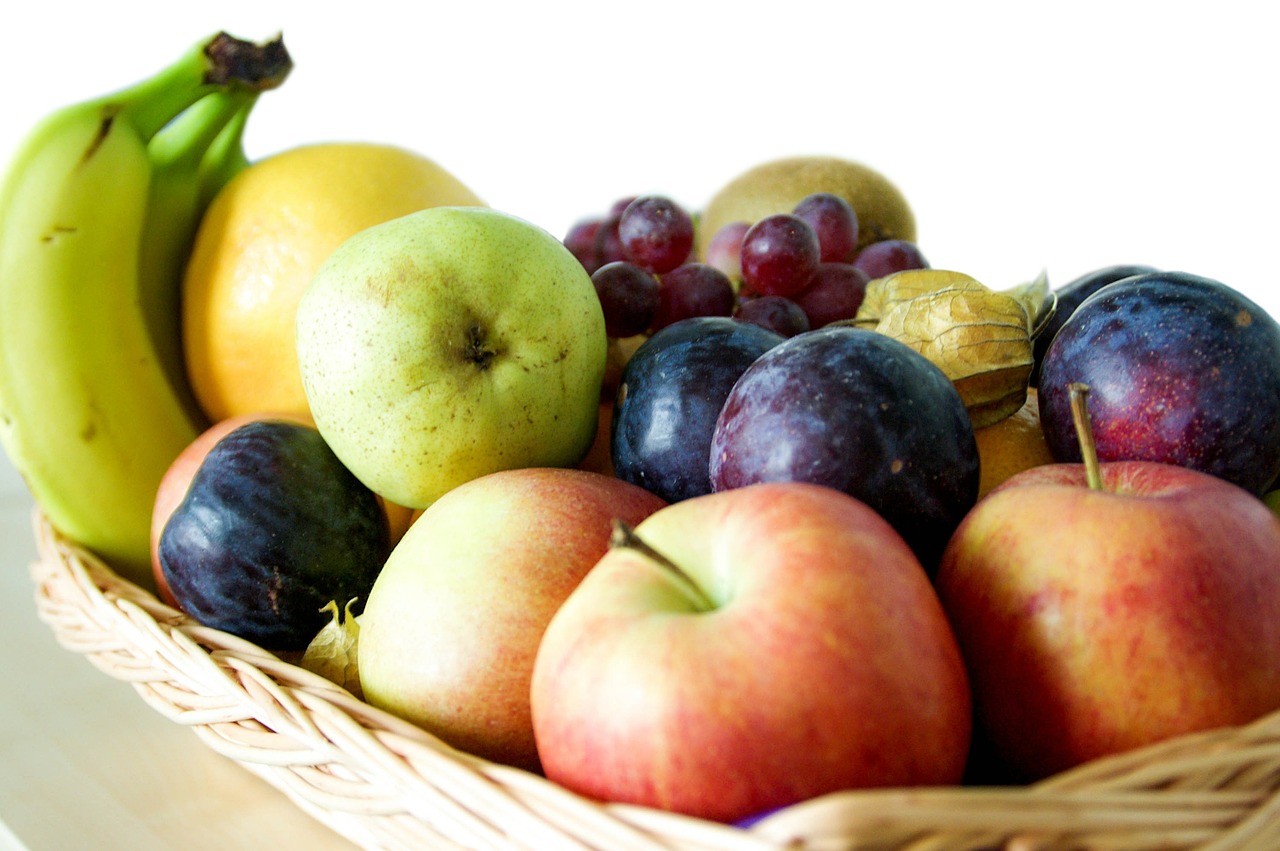
Fruit is probably one of the healthiest things you could eat and anybody who suggest not eating them is crazy. However, when you are suffering from yeast infection and doing the Candida diet, you should eliminate it. Many fruits contain tartaric acid, such as bananas and grapes.
We want to avoid feeding the Candida yeast organism, so avoiding foods with arabinitol (a type of sugar) (link to study) is recommended. When you start seeing results with the diet, you can slowly start eating fruits again.
Fruit Juice
Fruit juice is generally not recommended on a Candida cleansing diet. They mostly contain lots of refined sugar (not natural sugar). As we want to eliminate high sugar, especially refined sugars, fruit juice is to be avoided. When your symptoms disappear and you've done the diet for at least 45-60 days, you can start drinking freshly squeezed juices again.
If you cannot eliminate it completely, at least make sure it's made from natural foods, without added preservatives or sugar.
Honey
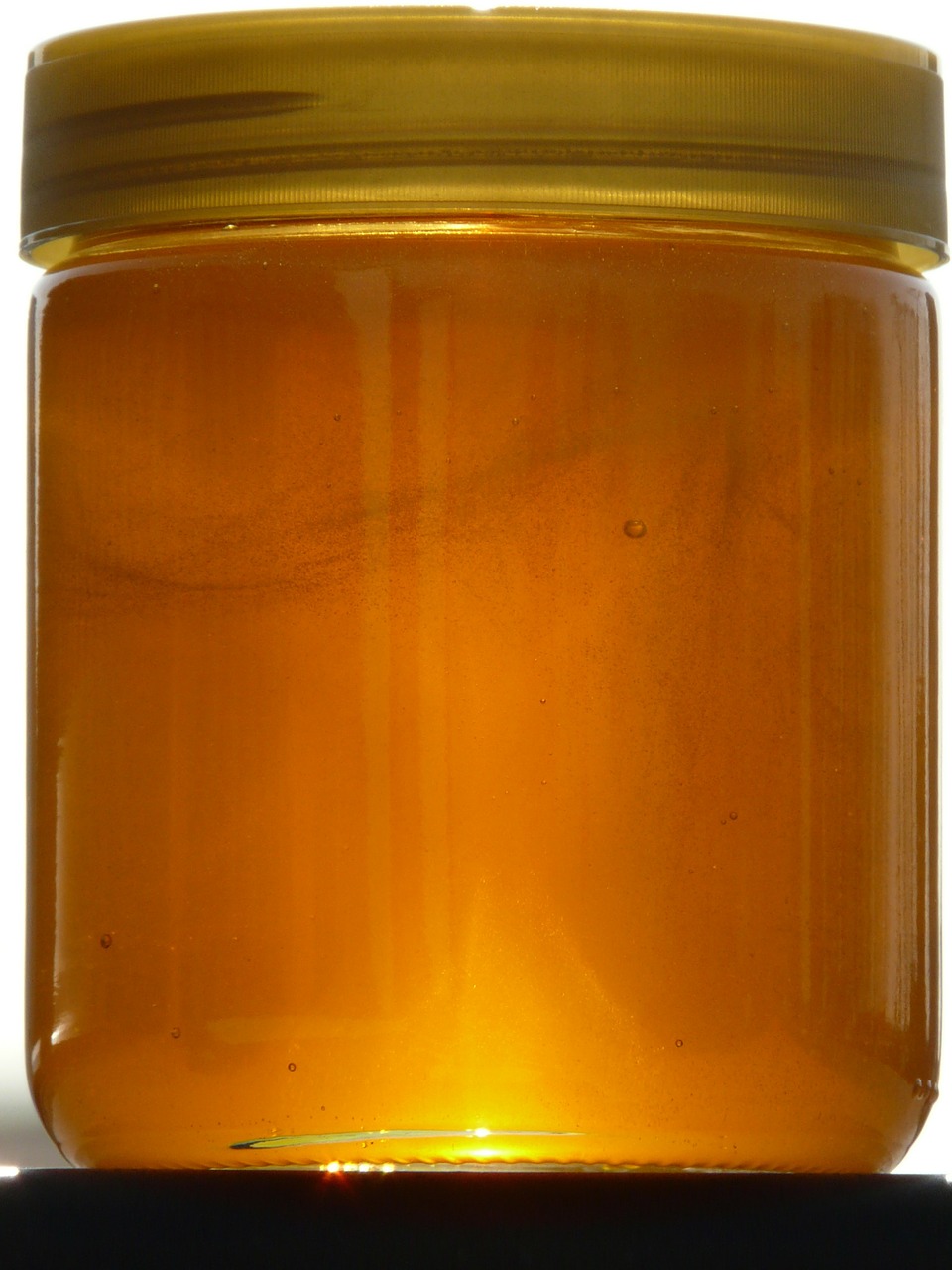
The Candida diet advocates cutting honey out of your daily dietary intake until you’ve gotten the infection under control. Remember though, honey is a healthy natural sugar that can be reintroduced into your diet in small amounts once your Candida overgrowth is under control.
No surprise here. Cutting out honey will be an essential part of the Candida diet. It is normally seen as a natural and healthy sugar alternative, and you'd be right. That means we can add a teaspoon here or there after a few weeks.
Gluten (Wheat, Rye, Oats, Barley)
Gluten sensitivity is a very common struggle with Candida sufferers. Many grains in this day and age will contain gluten. To avoid sabotaging your progess, cut out gluten for a few weeks. When your immune system is back to full-throttle you can eat them again.
Rice
White rice is high in carbohydrates, so it should be avoided while you’re on the Candida diet.
Corn
Corn and corn by-products can often be contaminated with mold that feeds a Candida yeast infection.
Pork and Processed Meat
Proccessed food overall is bad, especially meat. You should avoid all processed meat such as:
- bacon
- ham
- cured meat
- luncheon
- pork
Processed meat may contain high levels of sugar, sulfates and dextrose (a type of sugar). You may also have additives, preservatives and other chemicals that harm our bodies. Keep food as natural as possible. That includes meat. Some meat also contains viruses that can harm our body.
Fish and Shellfish
Many types of fish are known to contain high levels of heavy metals that can impact your immune system. You may also want to avoid eating shellfish during the Candida diet.
Chocolate

Chocolate is a definite no-no on this diet, as the sugar content feeds the Candida.
Coffee and Caffeinated Drinks

This one is probably a hard one to give up, I know it was for me.
Unfortunately caffeine can weaken your adrenal glands. This can lead to a weaker immune system (the very thing we are trying to rebuild).
The whole idea is to rebuild you immune system and give your body a healthy environment to fight off candida infections effectively.
Avoid drinking coffee and caffeinated drinks. Even decaffeinated coffee should be eliminated, as it can still contain residual amounts of caffeine.
Black Tea and Green Tea
Black tea contains caffeine. Eliminate it from your diet while you’re combating Candida. Green tea is known to be a great source of antioxidants. However, it does also contain caffeine, so it should be avoided.
Soda – Regular and Diet
Many soda drinks contain high levels of sugar that feed Candida. Even diet soda drinks contain aspartame, which can weaken your immune system and make your infection even harder to fight.
Dairy Products

While you’re on the Candida diet, avoid consuming milk, cheese, cream or buttermilk. The lactose content in dairy products can feed your infection, so it’s best to avoid them.
Probiotic yogurt however is fine.
A personal favorite that I use for smoothies is Kefir. It adds a fairly sour, but good taste to my smoothies.
Fats and Oils
Canola oil, soy oil, corn oil and peanut oil can contain mold contaminants. Use other types of oil in your cooking, such as coconut oil.
Vinegar
When vinegar is made, it’s created in a yeast culture. White and brown vinegar are also known to cause inflammation within the gut.
Apple cider vinegar is okay in your diet, but only if it’s unfiltered. I would recommend Bragg Organic Apple Cider Vinegar.
Condiments and Sauces
Commercially made ketchup, spaghetti sauce, tomato paste, relish, mustard, mayonnaise and pizza sauce contain high levels of sugar, so they should be avoided during your diet. Homemade spaghetti sauce with fresh organic tomatoes and herbs is fine. Just avoid the commercial brands containing high sugar levels.
Energy Drinks
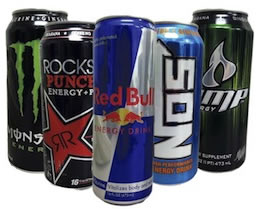
Many energy drinks contain high levels of caffeine, sugar and artificial sweeteners. Definitely avoid these.
The list of foods you avoid might initially look a little restrictive. In fact, many people don’t like the idea of cutting out so many dietary favorites.
Before you give up on the Candida Diet, always remember that you only need to follow it until your Candida infestation is under control. Once you’ve beaten the infection, you can slowly start to reintroduce some of the foods on this list again.
As long as you make healthy food choices that won’t inflame your Candida yeast infection again you should be fine.
Foods to Include in the Candida Diet

In order to get the best results with a Candida diet, it’s important to put the right foods into your diet. It’s important to eat lots of nutrient-rich foods to ensure your body is getting the vitamins and minerals it needs to function at optimal levels.
We want to protect the cells of the body, get nutrients, energy. It also needs to taste good!
Probiotic Yogurt
Live yogurt cultures are an important part of healing the gut. The good bacteria within yogurt can help restore a healthy balance into your stomach. A popular choice is kefir.
Even if you are lactose intolerant you could try some kefir, as the lactose content is greatly reduced during the fermentation process of making probiotic yogurt.
Vegetables
Most vegetables are perfectly fine to include in your Candida diet. Eat cruciferous vegetables, such as broccoli, cauliflower, Brussels sprouts and cabbage. It’s also important to eat green, leafy vegetables rich in nutrients, vitamins and minerals to help keep your system healthy. Try and eat lots of spinach, silverbeet, kale, artichokes and celery. It’s also fine to eat avocado, zucchini, rutabaga, asparagus, peppers, eggplant, and cucumber.
Onions and garlic both contain very high antioxidant levels. They also contain anti-inflammatory properties, so they’re ideal for fighting a Candida infection at the same time as boosting your immune system.
Herbs and Spices

It’s absolutely fine to use moderate amounts of herbs and spices to season your food. In fact, many herbs and spices contain beneficial properties that can help boost your immune system. Many are known to have strong antioxidant properties. Some have antifungal properties.
But most of them can help improve your blood circulation and reduce inflammation within your system.
Herbs such as basil, oregano, rosemary, dill and thyme can give a real lift to your meals. Spices such as black pepper, cinnamon, cloves, and paprika can also help add a whole new dimension to the taste of your meals, and they’re good for your health too.
Fruit
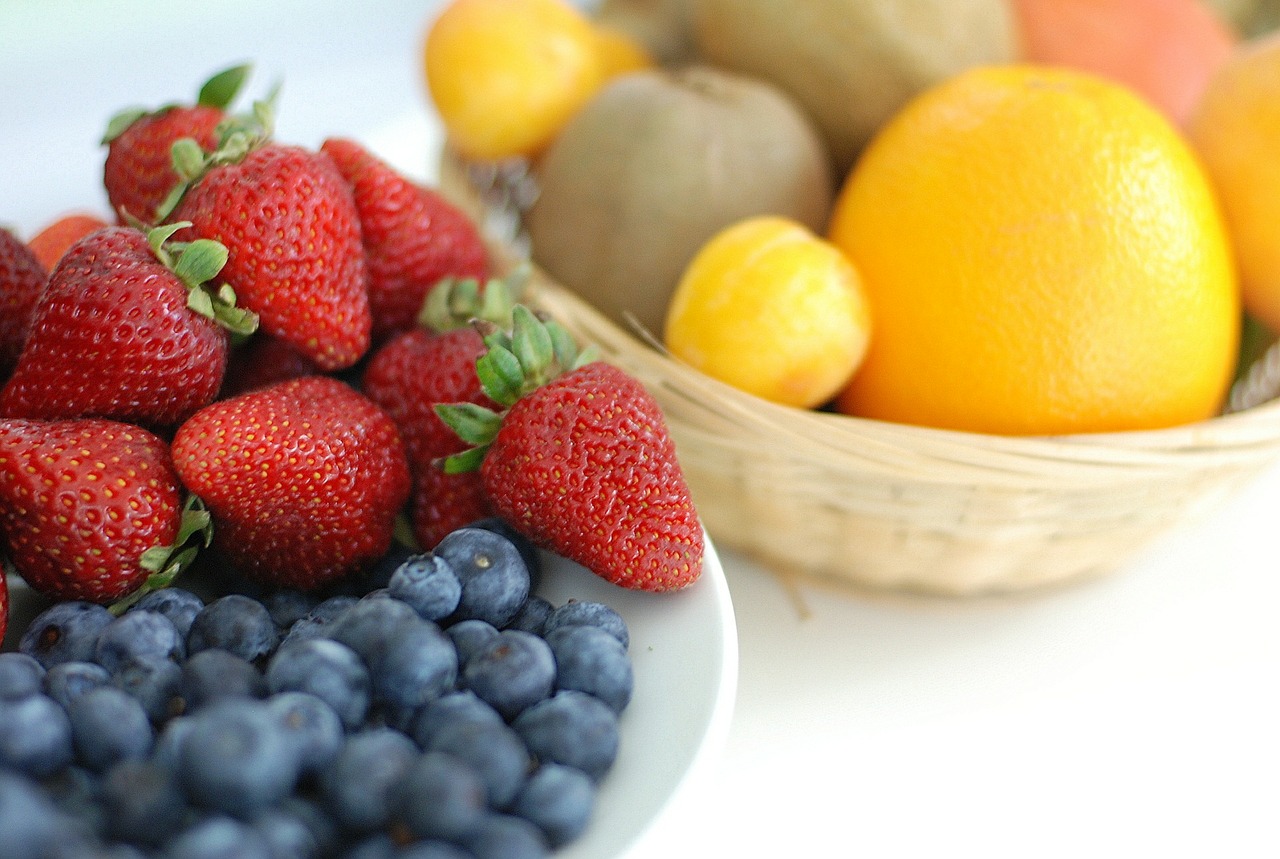
Even though most sweet fruits should be avoided for at least three to four weeks while you’re on the Candida diet, there are some fruits you can still eat in moderation. Coconuts, strawberries, blueberries, lemons and limes are okay in small daily quantities.
Fresh Meat and Eggs
You are able to eat fresh meat, including beef, chicken, lamb, and turkey on the Candida diet. Trim any fat off your meat before you cook it to improve its value to your overall health. Be sure you avoid processed meats, bacon, smoked meats or luncheon slices.
Fish
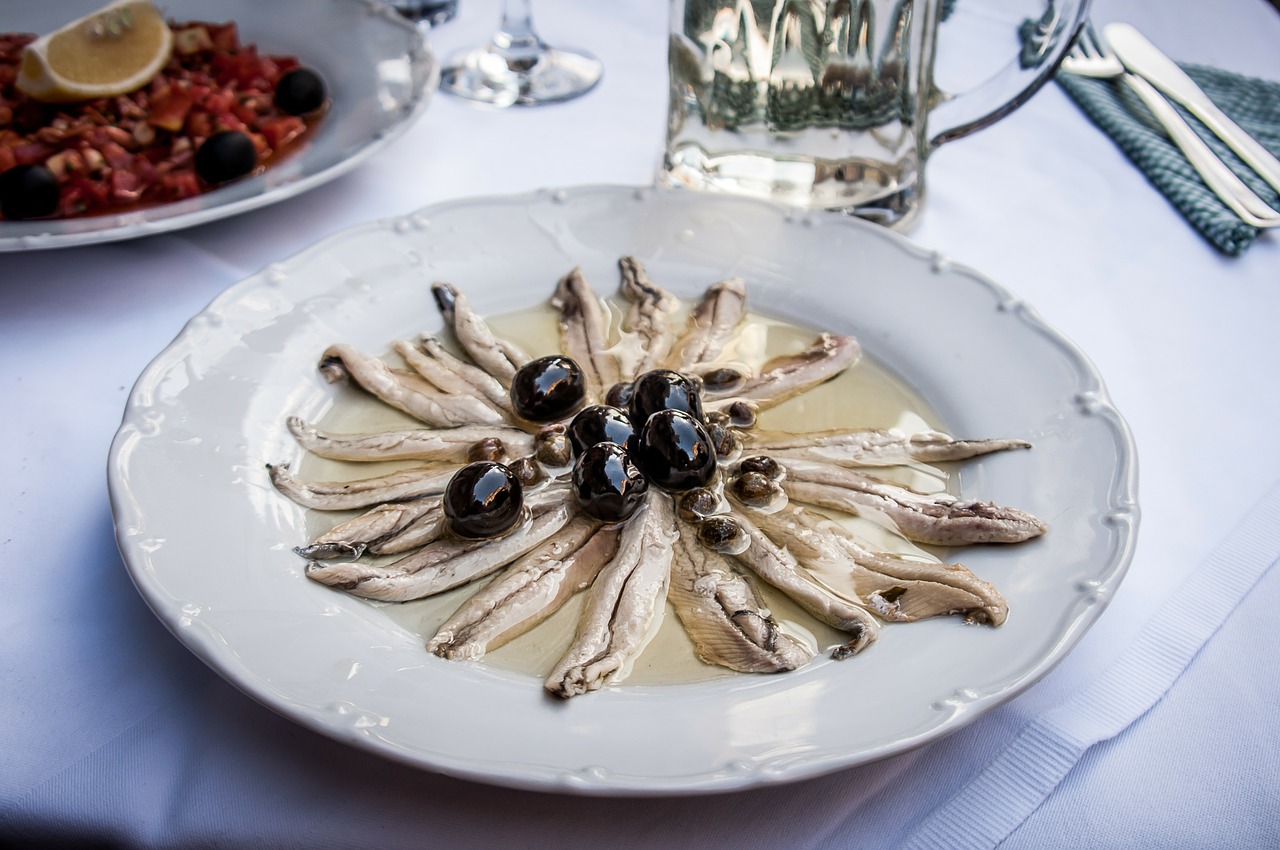
Some fish is acceptable on the Candida diet, but only those that contain lower levels of contaminants. Smaller varieties of oily fish such as anchovies, sardines and herring are fine.
Nuts and Seeds
Some nuts may harbor mold that can inflame your Candida, but there are still other nuts you can include in your diet, as long as you do it in moderation. Almonds, macadamias, walnuts and hazelnuts contain important trace elements that can improve health, but only if they’re fresh. Coconut meat and pecans are also fine. Avoid roasted or salted nuts.
Grains
Oat bran, quinoa, buckwheat and millet are fine to add into your diet. These non-glutinous grains are high in dietary fiber, which is great for eliminating toxins from your intestines and bowel. They’re also great for helping eliminate Candida toxins from your system.
Oils
When you’re cooking, try to use healthy alternatives, such as coconut oil, sesame oil, olive oil or flax oil.
Drinks

Water contains zero calories, no sugar, no fat and no carbohydrates, so it’s the ideal drink to help flush your body of any toxins. You can also drink herbal teas that don’t contain caffeine. Peppermint tea, cinnamon tea and ginger tea are fine while you’re on the Candida diet.
Foods to Include in the Candida Diet
Through sound dietary changes you are able to control candida. If you are a sugar addict, the diet may seem a bit harsh, but the reality is that it will help you tremendously. In the end you'll lose the sugar cravings and get recover your health.
In fact, it’s very possible to make delicious meals using foods that can help boost your immune system and keep any future Candida overgrowth problems under control.
Perhaps the biggest benefit of sticking strictly to the Candida diet is that you’re making healthier food choices. Not only are you eliminating lots of toxins from your body, but you should also find it becomes easier to lose weight without much effort.
The combination of getting rid of your Candida yeast infection plus eating healthier foods means you can eat a little more food in terms of portion sizes. Yet when you consider the type of food you’re eating, you’re actually consuming fewer calories, much less sugar, less salt and fewer artificial additives, sweeteners and chemicals that can impact your immune system.
The result of sticking to the Candida diet can manifest in a variety of ways. You should be able to lose weight more easily, without doing anything else. You should also feel an increase in energy vitality.
But most importantly, you should notice your Candida symptoms are gone – for good!
FREE Informational Video From Sponsor Yeast Infection No More...
Click below to watch an in-depth free informational video about curing yeast infection.

